6 Simple Ways to Self-Treat Dry Eyes
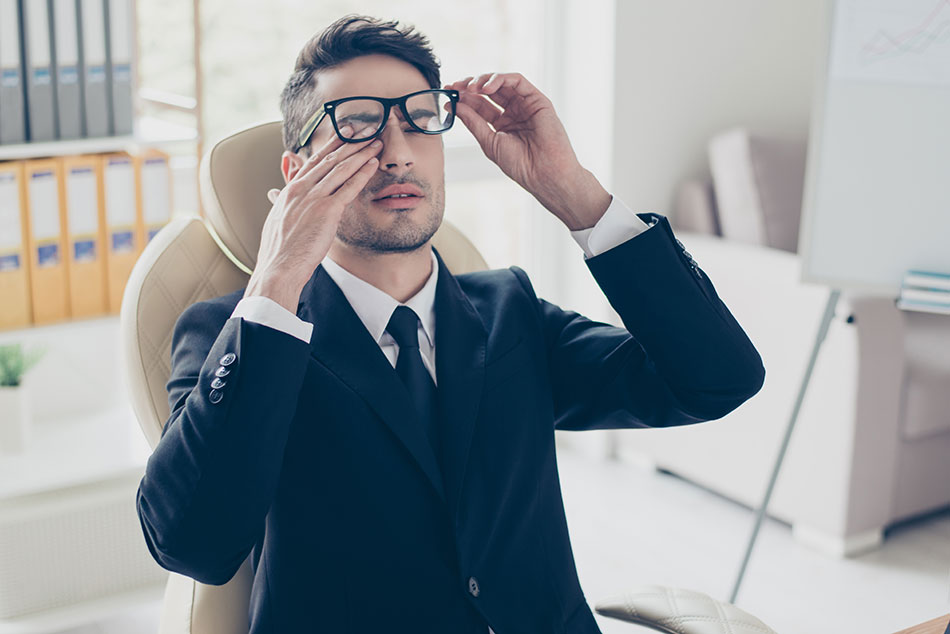
Almost a third of Canadians have experienced the unpleasantness of dry eye syndrome. Dry eye can be a one-off occurrence or it can recur throughout your life. But whether it’s your first or your fiftieth time with dry eye, there are ways you can improve your symptoms. Here are six simple ways to self-treat dry eyes without needing to visit an eye doctor!
What Is Dry Eye?
Your eyes must maintain a certain level of moisture to stay healthy. Your eyelids act like windshield wipers every time you blink. When you close your eyes, they wipe away debris, and when you open your eyes, they bring moisture, in the form of your tears, to the surface of your eye. In that way, your eyelids and tears keep the surface of your eyes clean and clear.
Dry eye occurs when the tiny glands around your eyelids fail to create enough tears. When you have dry eyes, dust and debris stick to your eyes, causing irritation and abrasions. These abrasions can lead to infections.
There are many reasons why your eyes might fail to produce enough moisture. Eye disease, certain medications and simply getting older can cause your eyes to feel sore and gritty. Some people's eyes create adequate moisture, but the body absorbs it before its done its job. Whatever the cause of your dry eyes, there are steps you can take to help.
Treat Dry Eyes With Eye Drops
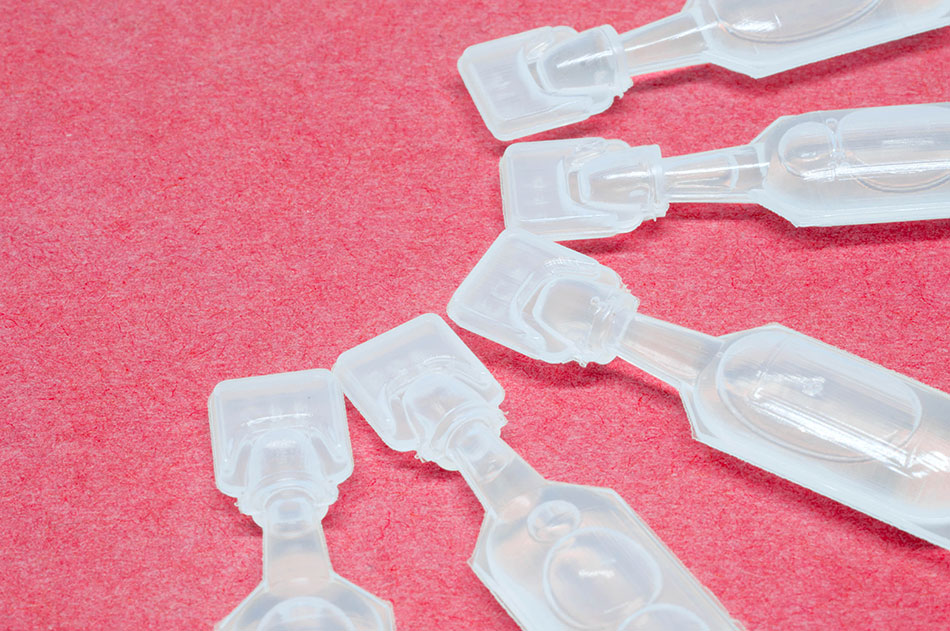
The AOA’s advice on treating the first signs of dry eye is to use over-the-counter artificial tear solutions. So if your symptoms are mild, you can buy artificial tear solutions yourself without needing to visit your eye doctor.
The AOA recommends that you choose artificial tear solutions that are preservative-free. Preservative-free solutions are single-use only and are recognizable by the size of the packaged vials.
Large bottles of artificial tear solution always contain preservatives. Once you've opened the solution bottle, these chemicals prevent bacterial growth.
Some artificial tear solutions are thicker and coat the eyeball completely for long-term relief. But these drops can blur your vision so eye care professionals recommend that they are only used before bed.
Best Contact Lenses for Dry Eye
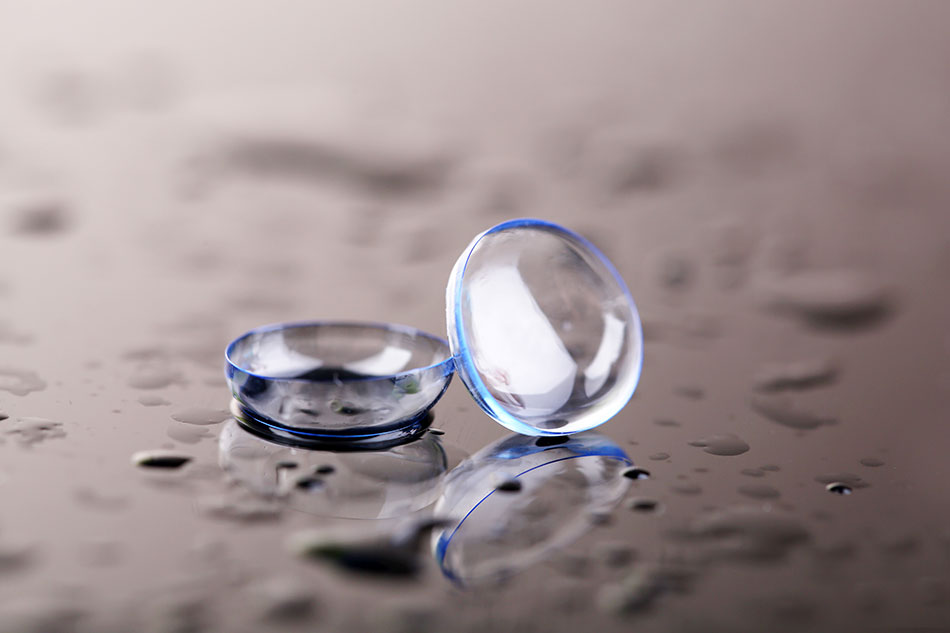
If you wear contact lenses, it’s possible that the type and brand of lenses you use are causing your dry eye. So when choosing the best contact lenses for dry eyes there are a few things to consider.
- Soft Contact Lenses
Contact lenses exist in two broad categories: hard (also known as Rigid Gas Permeable) and soft. Soft contacts are a much better choice for people with dry eyes. Made from flexible, porous material, soft lenses allow the eye to breathe. Soft lenses also hold water better than hard lenses, keeping the eye hydrated. - Silicone Hydrogels
Soft lenses come in a wide variety of materials with different moisture contents. The latest generation of silicone hydrogel lenses is the most effective at retaining moisture for long periods of time. Bausch + Lomb’s Ultra lenses contain MoistureSeal technology that maintains 95 percent of its moisture for 16 hours. - Daily Disposables
For dry eyes, daily disposable lenses are a more comfortable choice than monthly or weekly lenses. When you wear the same lenses over and over again, even within the recommended wearing schedule, they become less pliable. Daily disposables like Dailies Total 1 have a water content of around 80 percent and allow you to start each day with a fresh set of lenses.
More Fatty Acids Reduce Dry Eyes
Eating more Omega-3 fatty acids improves the symptoms of dry eye. Dry eye causes the tissue in and around the eyes to become inflamed. This inflammation restricts tear production and exacerbates the symptoms of dry eye. Omega-3 fatty acids reduce inflammation in the body.
One research study found that omega-3 fatty acids can help. It notes that taking 1000 mg of omega-3 supplements daily helped 65 percent of patients. These patients noticed their dry eye symptoms improved in less than 3 months.
Omega-3 fatty acids are found in palm, soybean and flaxseed oils; chia seeds; walnuts; fatty fish and eggs supplemented with omega-3 fats.
Treat Dry Eyes by Blinking More
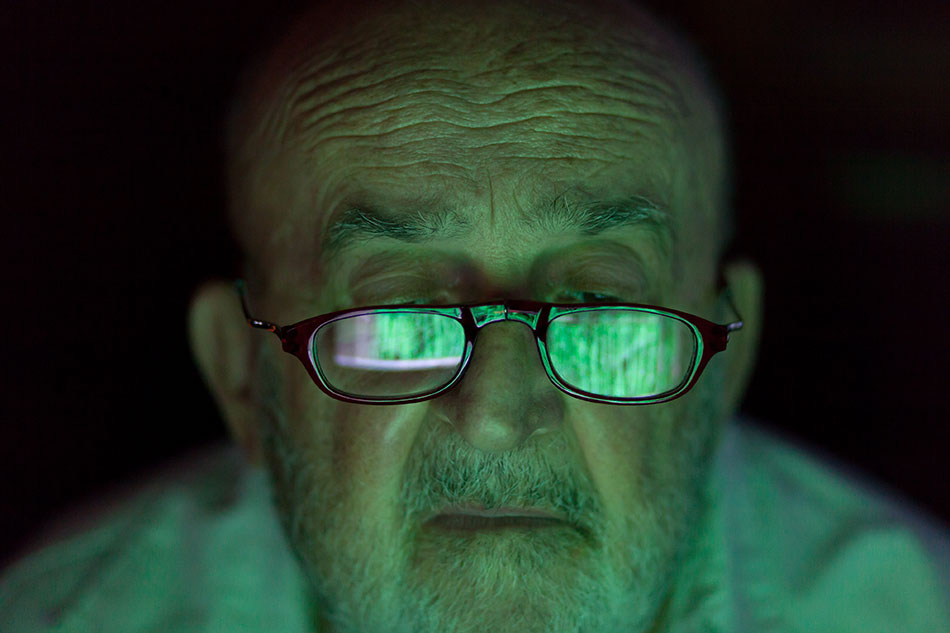
Each time we blink, we’re creating a nourishing and protective layer of moisture with our tears. So if we don’t blink often enough, our eyes dry out leading to an irritating, gritty sensation.
When we spend long periods of time focusing on objects that are close up, such as smartphones, tablets, computers and TV screens, we blink less.
The average Canadian adult spends almost 26 hours per week online, meaning approximately 26 hours per week staring at a screen. Eye care professionals recommend blinking 10 to 15 times per minute. So being mindful about how much you're blinking and taking regular breaks from your screen can help. It is recommended that a break is taken every 20 minutes.
Massage and a Warm Compress for Dry Eyes
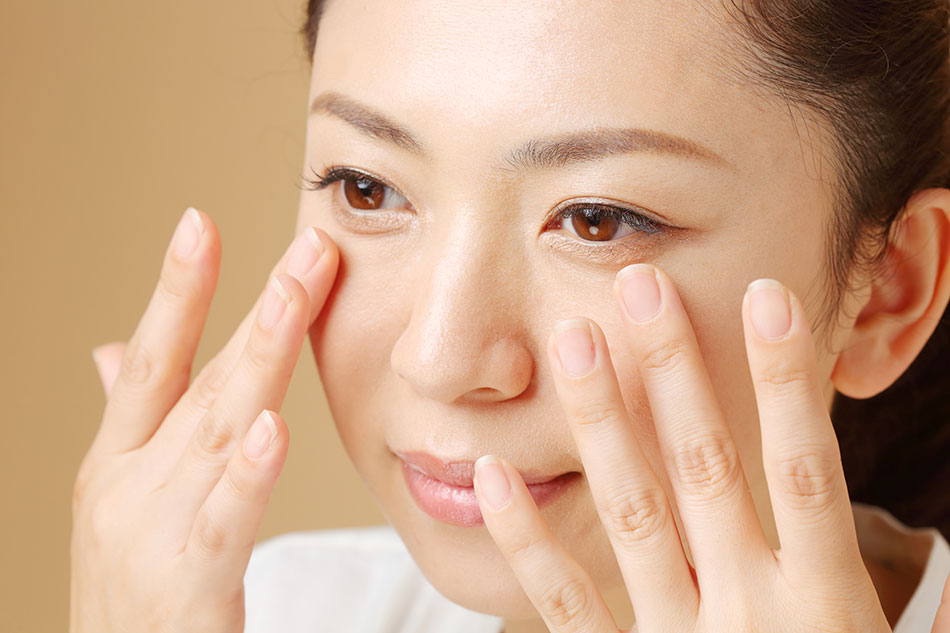
Both massage and warmth stimulate your tear glands to produce more moisture. The UK’s NHS recommends giving yourself an eyelid massage to self-treat symptoms of dry eye.
Start by rolling your little finger in a circular motion over your eyelid. Then, take a Q-tip and roll it down the eyelid toward the eyelashes. This motion can help to push oil out of the eye glands.
You can also apply a warm compress to your closed eyelids. This will help your eyes to produce more lipids, which improves the quality of your tears, making them more effective. But remember that the compress must be sterile and warm, not hot.
Avoid Dry Eye Irritants
The environment has a huge impact on our eyes. Exposure to wind, very cold temperatures and direct sunlight can all dry out your eyes. To minimize damage, wear wraparound sunglasses with UV protection whenever you go out in any of these conditions.
Central heating systems are a major dry eye irritant. Invest in a humidifier to keep the air in your home comfortable during the winter months.
Another serious eye irritant is cigarette smoke. This applies whether you’re smoking or you’re exposed to secondhand smoke. Avoid cigarette smoke altogether and you may find your dry eye symptoms clear up.
There are many reasons your eyes might suddenly become too dry. If your symptoms are severe or prolonged, it’s best to visit an eye care professional to make sure nothing more serious is going on.
Once you get the all-clear that it’s a simple case of dry eye, get started on these six tips and self-treat your dry eyes back to health!
